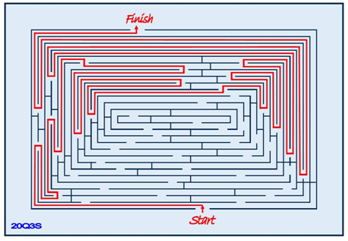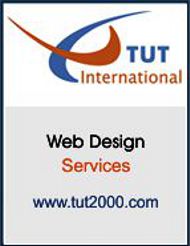Manageria
» July 2025
» Jan 2025
» July 2024
» Jan 2024
» July 2023
» Jan 2023
» Oct 2022
» July 2022
» Apr 2022
» Jan 2022
» Oct 2021
» July 2021
» Apr 2021
» Jan 2021
» Oct 2020


Add To What You Know (1)
Prepared by: "Optimanage.com" Team
New Trends in Management
People Skills: The term is used to describe skills related to interpersonal relationships socially and professionally. Those skills include:
Communication skills
Motivational skills
Goal setting skills
Performance appraisal skills
Motivational skills
Goal setting skills
Performance appraisal skills
Technology Proliferation: The case when a form of technology (theory or application) is adapted to new situations in a society or market.
Demography: It is the study and analysis of data regarding a population. It depends on survey research. This science places high value on data regarding the number of people born in any specific year.
Managing Business in an International Environment
Global Marketing: As all the world’s markets value in product characteristics become alike it becomes possible to use the same marketing techniques in all countries.Planning
To formulate a strategy, keep these five components in mind:
Determine opportunity.
Determine capabilities.
Determine values.
Determine obligations.
The above four components should match the fifth: purpose.
Also note that; objectives, strategies, and policies are highly interdependent and inseparable.Determine capabilities.
Determine values.
Determine obligations.
The above four components should match the fifth: purpose.
They are not mutually exclusive elements of the managerial process.
Motivating and Demotivating Factors
Factors that Motivate: Work itself
Responsibility
Achievement
Recognition
Advancement
Growth
Also known as Satisfiers.
Responsibility
Achievement
Recognition
Advancement
Growth
Factors for Maintenance:
Organization policy and administration
Supervision
Working conditions
Interpersonal relations (with peers, subordinates, and superiors)
Salary
Status
Job security
Personal life
Also known as Dissatisfiers.
Supervision
Working conditions
Interpersonal relations (with peers, subordinates, and superiors)
Salary
Status
Job security
Personal life
On Production Costs
There is more than one type of production costs, and they are:| Variable Costs (VC): | Production costs that vary directly with the produced quantity (Q). |
| They include direct material costs and direct labor costs. | |
| Semi-variable Costs: | Production costs that vary with the produced quantity (Q) but not directly. |
| Fixed Costs (FC): | Production costs that do not vary with the produced quantity (Q). |
On the Issue of Time
Notice that time is unique:| Supply is totally inelastic | Irreplaceable |
| Perishable | In short supply |
| Cannot be bought | Cannot be rented |
To manage time, first find out where the time goes.
Sources of Organizational Conflict
Differences of goals
Resource competition
Communication failure (and misperception of information)
Disagreement regarding performance standards
Organizational structural incongruities
Resource competition
Communication failure (and misperception of information)
Disagreement regarding performance standards
Organizational structural incongruities
Note that management may choose to resolve the conflict but not to address or look for its causes. In such a case, the conflict may happen again in a different form. It may be better to determine the causes and address them to avoid the re-occurrence of the conflict.
References:
(1) Patrick J. Montana and Bruce H. Charnov, “Management”, Business Review Books, Fourth Edition, Baron’s (2008).






